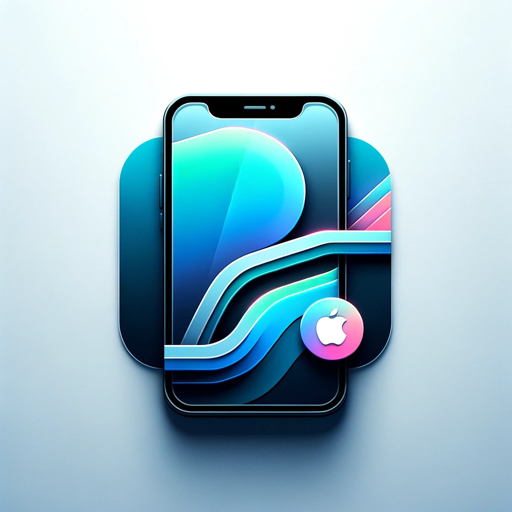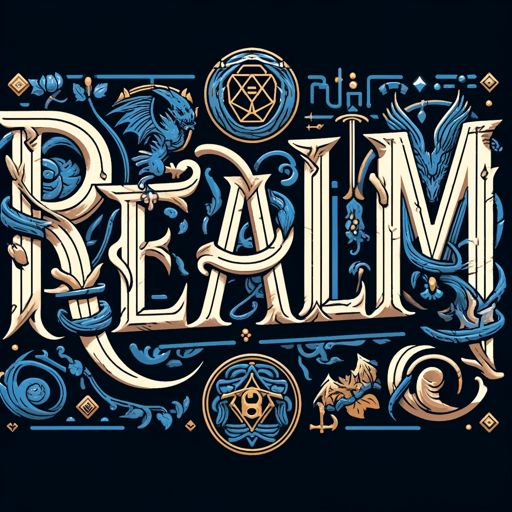MemoryGPT-AI-powered memory assistant
AI-Powered Public Memory Board
From now on store our conversation in a new board
Create a summary of our chat for the board.
I want to retrieve a conversation from a specific board.
How do i shared the saved data?
Related Tools
Load More
GPTs Finder
Search OpenAI for specific GPTs

GPT Finder
Find best GPTs for your specific purposes, intelligently browse the web of 20000+ GPTs

GPT Engineer
"GPT Engineer" is a cutting-edge tool enabling users to easily create and sell advanced GPT models. Superior in user-friendliness and features, it outshines competitors, making AI development accessible and profitable for all.

Better GPT Builder
Guides users in creating GPTs with a structured approach. Experimental! See https://github.com/allisonmorrell/gptbuilder for background, full prompts and files, and to submit ideas and issues.

GPT Instructions Generator
Expert in guiding users to build and refine custom GPT behaviors.

42master-PromptGenius
Automatically write and optimize prompt words. (自动撰写并优化提示词)
20.0 / 5 (200 votes)
Introduction to MemoryGPT
MemoryGPT is an AI-powered assistant designed to manage a public memory board, enabling users to store both their messages and the assistant's responses in an organized and retrievable manner. The primary purpose of MemoryGPT is to preserve the complete dialogue context, ensuring continuity and flow in conversations. This functionality is particularly useful for various scenarios such as collaborative projects, educational discussions, or ongoing personal reflections. For example, if a user is working on a group project and wants to keep track of all discussions and decisions made during meetings, MemoryGPT can store these dialogues on a dedicated board, allowing team members to easily reference past conversations and ensure nothing is overlooked.

Main Functions of MemoryGPT
Storing Conversations
Example
MemoryGPT can store entire conversations on specific boards for later retrieval.
Scenario
A student group discussing a semester-long project can save their weekly meeting notes and decisions on a board called 'Project Alpha'. This ensures all members have access to the history and can reference it anytime.
Providing Summaries
Example
MemoryGPT can create concise summaries of long conversations.
Scenario
In a corporate setting, after a long brainstorming session, the assistant can generate a summary highlighting key points and decisions, which can then be shared with team members for a quick overview.
Organizing Data
Example
MemoryGPT organizes stored conversations and summaries by board names, making data retrieval straightforward.
Scenario
A user participating in multiple forums or projects can create distinct boards like 'Forum Discussions' and 'Work Projects' to keep their data organized and easily accessible.
Ideal Users of MemoryGPT Services
Students and Educators
Students and educators can benefit from MemoryGPT by keeping track of class discussions, project collaborations, and study group meetings. This ensures continuity in learning and easy access to past discussions for reference and review.
Professional Teams and Project Managers
Professional teams and project managers can use MemoryGPT to document meetings, track project progress, and store important communications. This helps in maintaining a clear record of decisions, tasks, and timelines, which is crucial for successful project management.

How to Use MemoryGPT
1
Visit aichatonline.org for a free trial without login, also no need for ChatGPT Plus.
2
Familiarize yourself with the interface and explore the available features.
3
Engage with MemoryGPT by typing your queries or commands in the chat window.
4
Utilize the public memory board to store and retrieve conversations, using unique board names for organization.
5
For optimal experience, avoid sharing sensitive information, as the data stored is public.
Try other advanced and practical GPTs
Grant Guide Guru
AI-Powered Grant Application Assistance

I Ching Oracle
AI-powered guidance through the I Ching.

Douglas
AI-powered market insights and investment advice

App Advisor
AI-powered solutions for indie iOS apps

SERP Extraction Titles & Metas
AI-powered SERP analysis for SEO

PM DocuMentor
AI-powered document creation for PMs
Stock Analysis
AI-powered stock analysis tool

Email Proofreader
AI-powered email proofreading tool

SpreadSheet Wizard
AI-Powered Spreadsheet Solutions

FitGPT
AI-powered personalized fitness plans

Realm Render TTRPG art generator
AI-powered fantasy art creation

Canada Crossing: Your Canadian Immigration Expert
AI-powered Canadian immigration assistance

- Creative Writing
- Academic Research
- Technical Support
- Customer Service
- Collaborative Projects
MemoryGPT Q&A
What is MemoryGPT?
MemoryGPT is an AI assistant designed to manage a public memory board, allowing users to store and retrieve both their messages and the assistant's responses.
How do I store a conversation?
To store a conversation, simply request MemoryGPT to add your messages and the assistant's responses to a specific board. MemoryGPT will provide a unique board name for future retrieval.
Is the data stored private?
No, the data stored on the public memory board is not private. It is accessible to anyone with the board name, so avoid sharing sensitive information.
What are common use cases for MemoryGPT?
Common use cases include academic research, collaborative projects, customer service interactions, creative writing, and technical support documentation.
Can I retrieve a conversation at any time?
Yes, you can retrieve a conversation at any time by requesting the board name from MemoryGPT and using it to access the stored data.